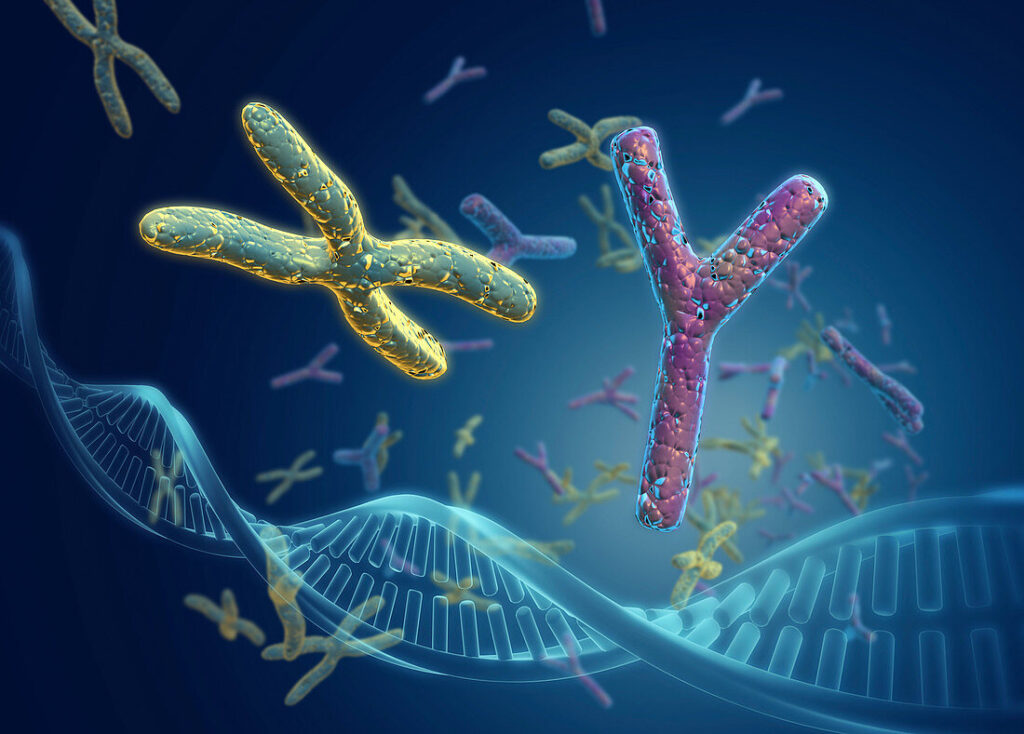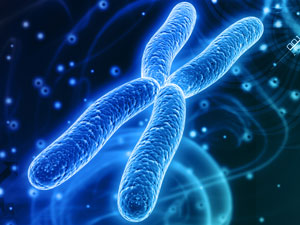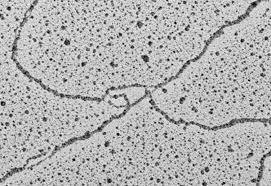February, 7th 2024 – 3pm : Talk by Professor Kundan Sengupta (Pune, India) via Zoom, entiteld „Role of nuclear lamins in regulating chromosomal instability in cancer cells“

For more Information about Professor Kundan Sengupta and his Team click the picture above.
Read the following Abstract from Prof. Sengupta to get more Informations about his upcoming Talk:
Role of nuclear lamins in regulating chromosomal instability in cancer cells
Kundan Sengupta
Chromosome Biology Lab (CBL), Indian Institute of Science Education and Research (IISER),
Pune, INDIA
Lamins are type V intermediate filament proteins crucial for maintaining the structure and
func7on of the nucleus. When lamins are depleted, nuclear morphology is significantly
altered. Furthermore, loss of lamins also causes chromosomal gains. These aneuploid
chromosome territories show altered localization in the interphase nucleus, indicating that
lamins not only maintain nuclear morphology but also stable chromosomal organization and
function. This is consistent with increased chromatin dynamics in cells where lamins are
depleted. Interestingly, overexpression of the transcription factor Twist1, which usually
induces Epithelial-Mesenchymal Transitions (EMT), decreases lamin levels accompanied by
an increase in nuclear blebs, micronuclei, and DNA damage in colorectal cancer cells. On the
other hand, depletion of the Lamin B receptor (LBR), a direct interactor of B-type lamins,
reveals a specific pattern of chromosomal losses that are consistently enriched within the
micronucleus. In marked contrast, the depletion of the Lamin B receptor (LBR) – a direct
interactor of B-type lamins, uncovered a specific pattern of chromosomal losses that were
not only mislocalized in the 3D interphase nucleus but were enriched within nuclear blebs
and micronuclei. We uncovered a novel mechanism involving LBR and the Telomere
Recognition Factor (TRF) in the maintenance of diploid chromosome numbers in colorectal
cancer cells. In conclusion, lamins play an essential role in protecting nuclear organization,
chromosomal stability, and genome function, involving novel partners of the lamin
interactome.
FOR 2800 Progress Reports 2024
via Zoom, every 2nd Tuesday of the month, 2pm
| 09.01.2024 | SP6 (Räschle lab) |
| 7.2.24, 3pm | FOR2800 Zoom talk: Prof. Kunadan Sengupta, IISER, Pune, India |
| 13.02.2024 | SP8 (Storchova lab) |
| 12.03.2024 | SP9 (Boos lab) |
| 09.04.2024 | SP1 (Beli lab) |
| 15. – 17.5.24 | FOR2800 Retreat |
| 10.09.2024 | SP2 (Bastians lab) |
| 12.11.2024 | SPZ (Wollnik lab) |
| 10.12.2024 | SP3 (Kschischo lab) |
June, 19th 2023 – 5:15pm : Talk by Professor Jason Sheltzer (Yale University, USA) via Zoom, entiteld „Oncogene-like addictions to aneuploidy in human cancers“
September, 13th, 2023 – 5pm: Talk given by Prof. Dr. Juan Jesus Vicente (University of Washington, Seattle, WA, USA) via Zoom; Title: „Centriolar satellite positioning: respecting centrosomes‘ personal space“.
June 14th, 2023 – 5pm: Talk by Prof. Dr. Dana Branzei (The AIRC Institute of Molecular Oncology, Milan, Italy) via Zoom; entiteld „On the Machines that make and repair our Chromosomes“
FOR2800 Progress Reports 2023

Every 2nd Tuesday of the month,
Zoom, online at 14:00 (Zoom links will be provided in due time)
14.02.2023 SP-Z (Wollnik lab)
14.3.2023 SP6 (Räschle Lab)
18.04.23 SP9 (Boos lab)
09.05.23 SP8 (Storchova lab)
13.06.23 SP1 (Beli lab)
12.09.23 SP2 (Bastians lab)
10.10.23 SP3 (Kschischo lab
March, 22nd, 2023 – 4pm: Talk by Susana Godinho (Barts Cancer Center, London, UK) via Zoom, entitled: „Think outside the cell – the role of centrosome amplification in cancer”

On the 22nd of March at 4pm Susana Godinho from the Barts Cancer Center London (UK) will give a talk via Zoom, entitled: „Think outside the cell – the role of centrosome amplification in cancer“
February 2023: Broadcasting on NDR Radio on FOR2800 collaboration between Biomathematicians and Cell Biologists
December 2022: FOR2800 Collaboration paper of SP2 (Bastians) and SP3 (Kschischo) published in Cell Reports:

December 2022: FOR2800 Collaboration paper of SP2 (Bastians) and SP3 (Kschischo) published in Cell Reports:




